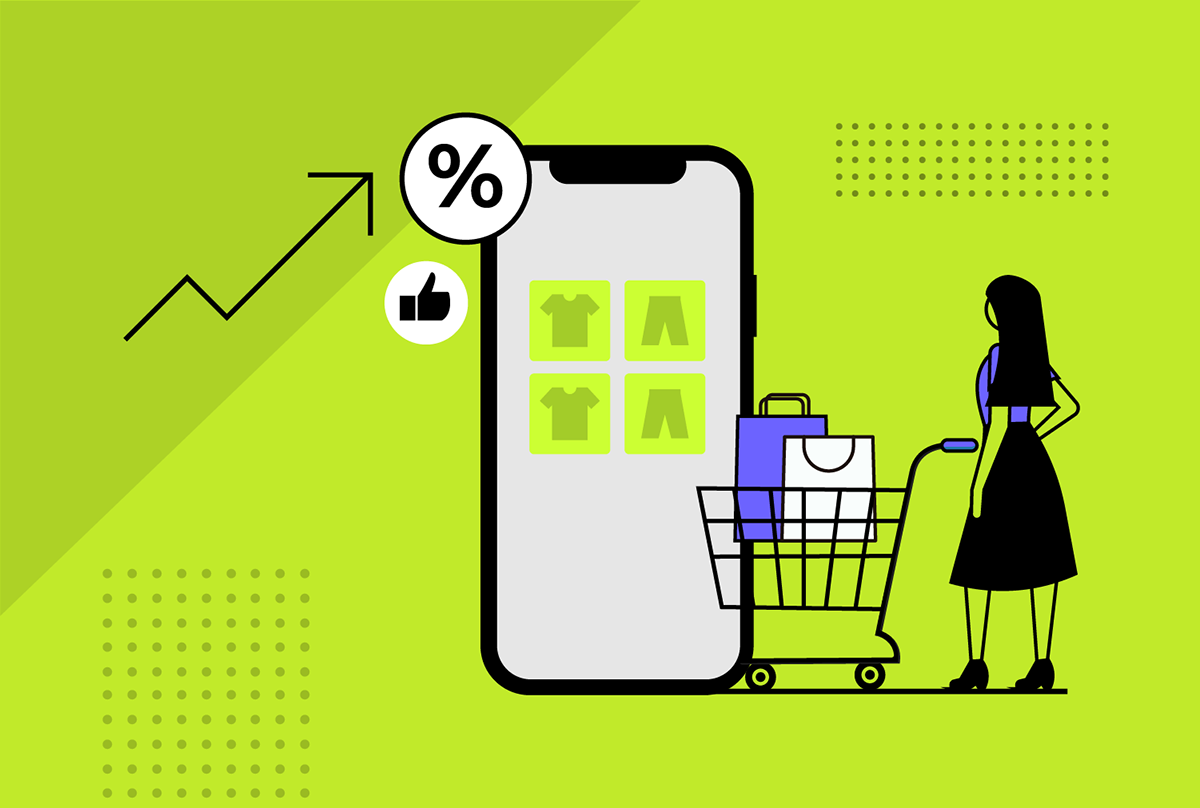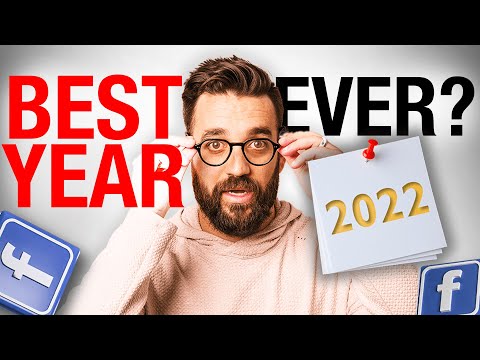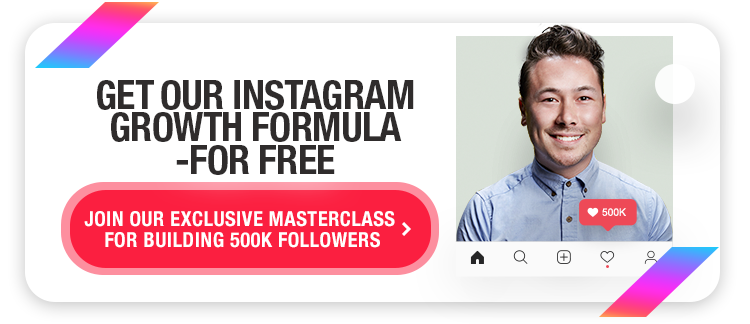Raise your hand if you’ve ever daydreamed about deleting Instagram from your phone and quitting social media forever.
To be honest, as a business owner, I’ve deactivated and reactivated my business accounts more times than I can count. Proving that posting a selfie to Instagram has any real ROI for your business can be frustrating, and sometimes, you just want to throw in the towel.
If you’re launching an online store, I’m sure people have told you that you need to be on social media to drive sales. The problem is, they don’t tell you exactly how. What you need is a real strategy, a game plan for how you’re going to use social media to sell your product.
New ecommerce business owners need actionable steps, not just another vague entreaty to “create engaging content!” So I pored over case studies from successful ecommerce brands and drew upon my previous experience as a social media marketer to find out what really works. Below, I’ll go over the best social media marketing strategy to help your online store take off.
Some Thoughts on the “Best” Social Media Marketing Strategy
I realize that “best” is a subjective term, but because this article is focused on new ecommerce business owners, the following social media strategy tips will assume that:
- You don’t have a huge (or any) marketing budget. You’re either pre-launch or pre-revenue and aren’t ready to drop two grand a month on ads. So I’m not going to touch on advertising.
- You don’t have a lot of experience with social media marketing and need actionable, clear steps. Many of you are not at the stage where you can hire a marketing assistant.
- Your online store is still in the early stages, and you’re working on growing brand awareness along with sales. Nike doesn’t need to worry about brand awareness. But if your online store is new, brand awareness should be a key goal for your social media strategy. Consumers don’t know or trust your brand yet. Getting them to be aware of how your brand differs from your competitors could be the difference between a loyal customer and a near miss.
Which Social Network Is Best for Ecommerce Brands?
Based on data from eMarketer, the following social media platforms drive the most traffic to ecommerce sites:
Facebook, in particular, is useful if you can afford to promote posts or run ads. Foundr’s CEO Nathan Chan recommends Instagram for your business if it’s B2C and has a visual product or a service with a visual experience.
Prepare Your Content
If you want to grow your ecommerce brand on social media, you’re going to need content to share, and not just any content. Good content. This is where a lot of new business owners struggle, especially with the more visual mediums such as Instagram.
Some options to gather quality content to share:
- DIY – Doing it yourself may be the cheapest option, but it’s not always the easiest. The best place for DIY is Instagram Stories since it’s a more forgiving place to share behind-the-scenes photos and unpolished videos. Alternatively, you can always read up on how to take better photos with your smartphone. If you want to create stunning graphics but you aren’t a designer, try Canva. It’s what I use to easily design graphics to share on social media. With templates and free stock photos, it doesn’t get any easier than that.
- Hire a freelancer. With platforms like Fiverr and Upwork, it’s easy to find inexpensive freelancers around the world.
- Hire an agency. If you’ve got a bigger budget, hire a marketing agency to create content for your social platforms.
- Work with influencers. I’ll cover this more in-depth below, but you can work with influencers in your niche who can create content, share it with their audience, and grow your brand awareness.
- Mobilize your community. Another item I’ll talk about below is how to get user-generated content (UGC) to reuse across marketing channels.
Start Before You’re Ready
While most entrepreneurs are familiar with the tense time between launching a product and achieving “product-market fit,” few think of it in reverse. Start social media marketing before your product is even ready, build an engaged and loyal audience, and then craft a product specifically for them. This is a genius strategy that serial entrepreneur and ecommerce expert Gretta van Riel has used time and again, one she refers to as “market-product fit.”
The idea behind van Riel’s company Drop Bottle came from an Instagram account she had grown to 900,000 followers. This engaged community was interested in detox waters, so she designed a chic glass water bottle that allowed customers to infuse water with various fruits. Drop Bottle went on to become a multimillion-dollar ecommerce success.
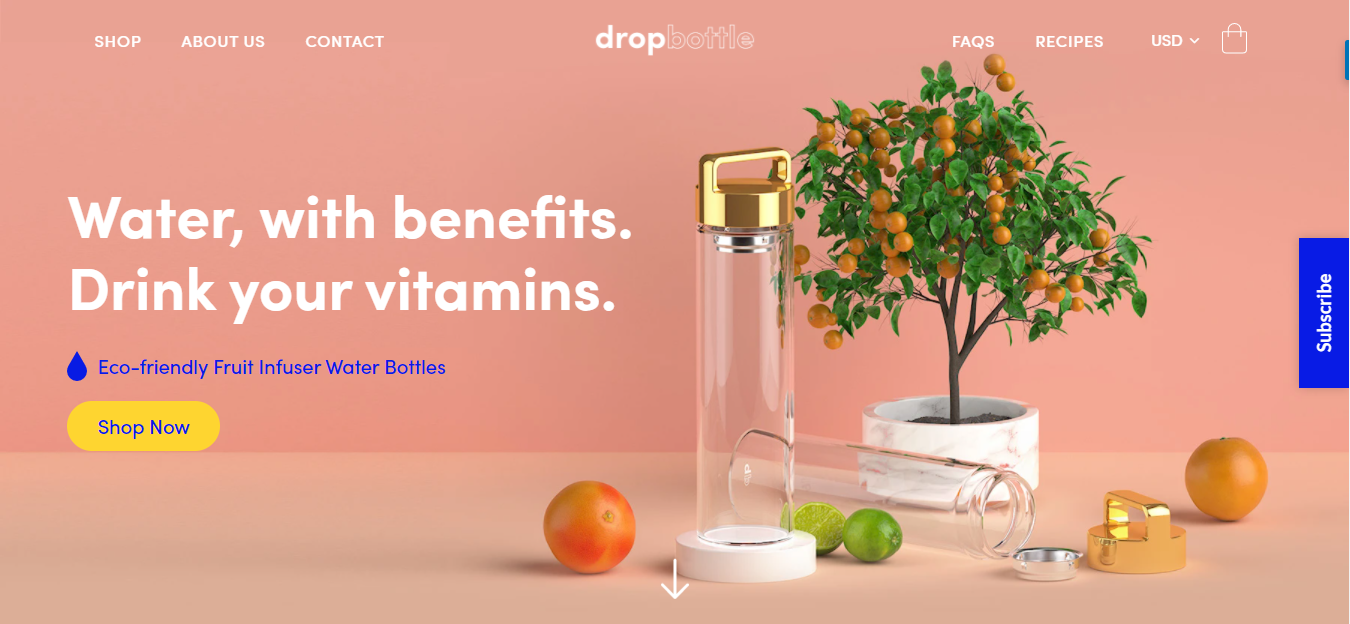
So instead of waiting to launch a product and risk it being a dud, guarantee its success by building an audience first and then crafting a product that they want. Another great advantage of this is that you can ask them for feedback as you develop your product.
Leverage Influencers
When you’re a new brand, it can be tough to win over customers because they’ve never heard of you. Working with industry influencers can boost brand awareness. Because they already have a strong platform in your industry, they can reach thousands of fans who already trust them, and you can gain credibility by association.
Macro vs. Microinfluencers
Before you start influencer marketing, it’s important to know how the influencer ecosystem works. While there’s no hard-and-fast definition, a microinfluencer is generally an account with anywhere from 5,000 to 100,000 followers. They are often great to work with because their feed isn’t saturated yet with sponsored posts, so their followers are loyal. They’re also more likely to work for product-for-post rather than money.
Van Riel is a queen at influencer marketing and has used it to build several multimillion-dollar ecommerce brands. She sometimes will invest in one macro influencer with the sole purpose of getting the macro influencer to influence a lot of microinfluencers, making the latter more likely to work for product-for-post deals. Van Riel says it is the microinfluencers who inspire everyday customers to create quality user-generated content, which you can then leverage in your marketing collateral.
But What About ROI?
If you’re on a tight budget, stick to microinfluencers who will work for free product. When it comes to your influencer marketing strategy, it can be wise to focus on the content you gain rather than metrics like traffic or exposure. That’s exactly what Brandon Monaghan and Justin Kemperman did to build their ecommerce store, The Urban Lash, to half a million in sales in just three months.
When you’re working with microinfluencers, their reach may not be as big as you’d hoped. But that’s okay. They can still create solid content that you can use again and again in social media posts and advertising. That alone can be worth the cost of sending free product to an influencer.
Get Your Community Involved: User-Generated Content
Once you get those collaborations going with microinfluencers, you’ll start gaining your own followers and growing your community. Now it’s time to focus on user-generated content (UGC) to both grow your audience’s loyalty and gain quality content (for free!) to post on social media.
Create a Branded Hashtag for Instagram
Having a unique hashtag for your brand that you encourage followers and customers to use can help grow brand awareness and UGC. Take a look at ModCloth’s Instagram bio. It has a clear call to action to use their branded hashtag #MyModCloth.
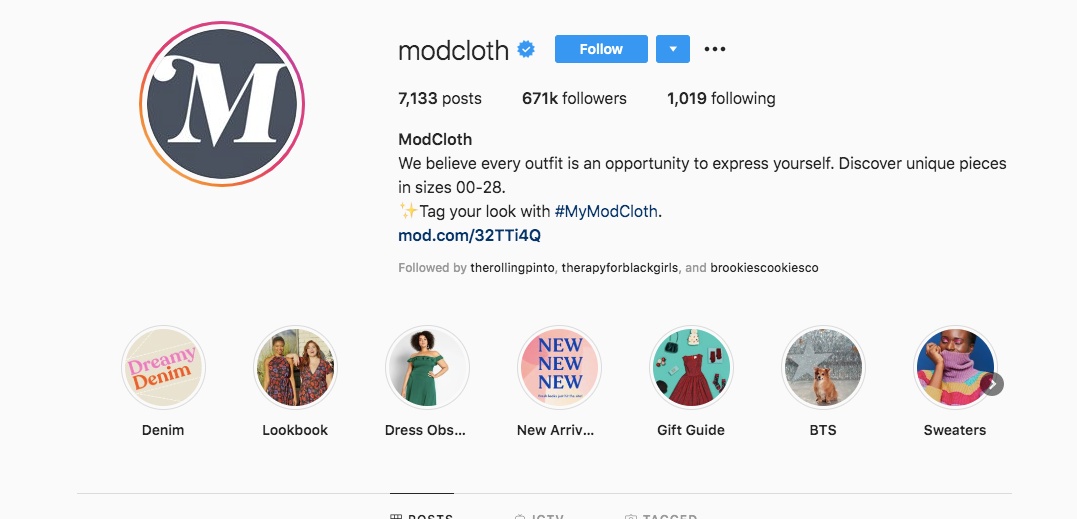
If you click that hashtag, you’ll see they’ve got almost 12,000 pieces of free content to reuse thanks to their community.
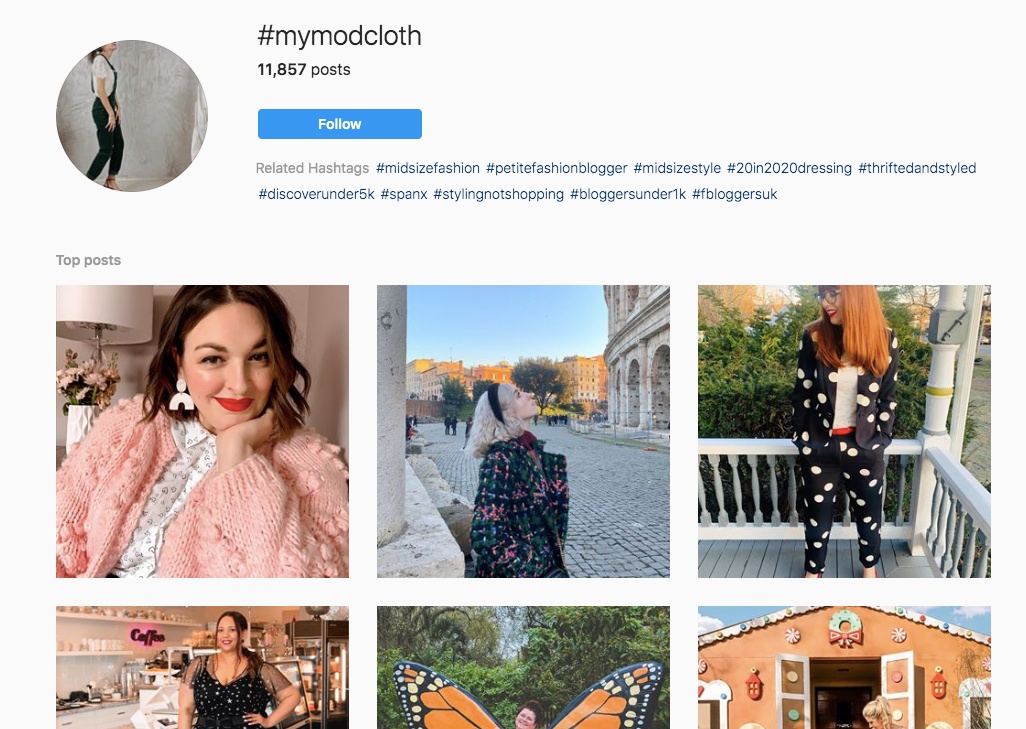
Encourage Social Media Sharing Through Your Product Packaging
At Foundr, when we send our free Richard Branson magazine, we include a small postcard that encourages the reader to share a photo on Instagram.
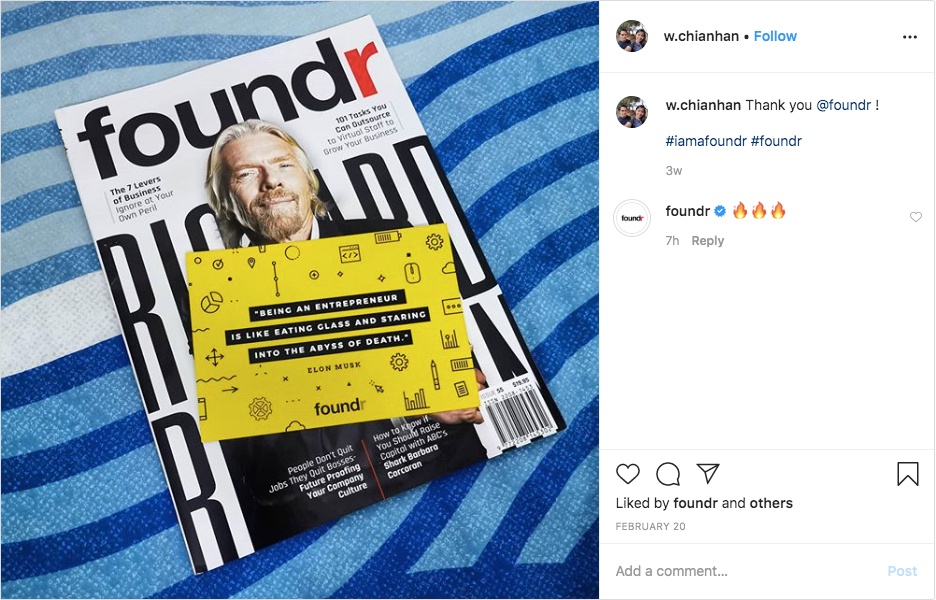
And when a user shares it and tags us, we repost it to our stories:
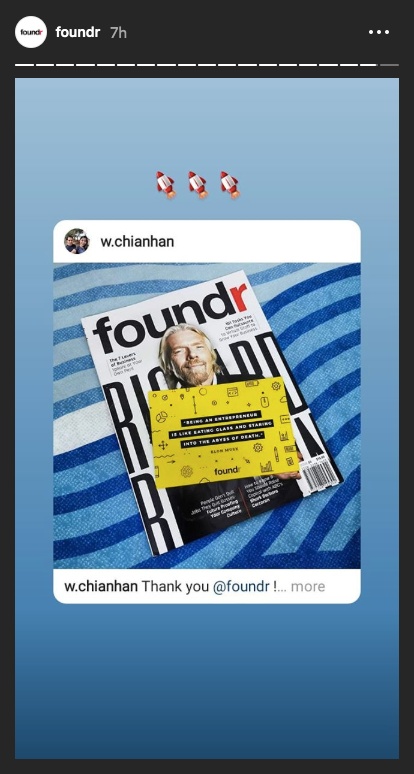
Not only does it help us give some love back to our community, but it also helps us have a consistent stream of fresh UGC.
Host a Giveaway That Requires Social Media Sharing
FabFitFun hosted a giveaway with the Arizona Office of Tourism. To enter, users had to share photos of their FabFitFun spring box on Instagram with the appropriate tags. In the spring box packaging, FabFitFun included a magazine issue advertising the giveaway and detailing how to enter. It’s yet another way to encourage UGC!
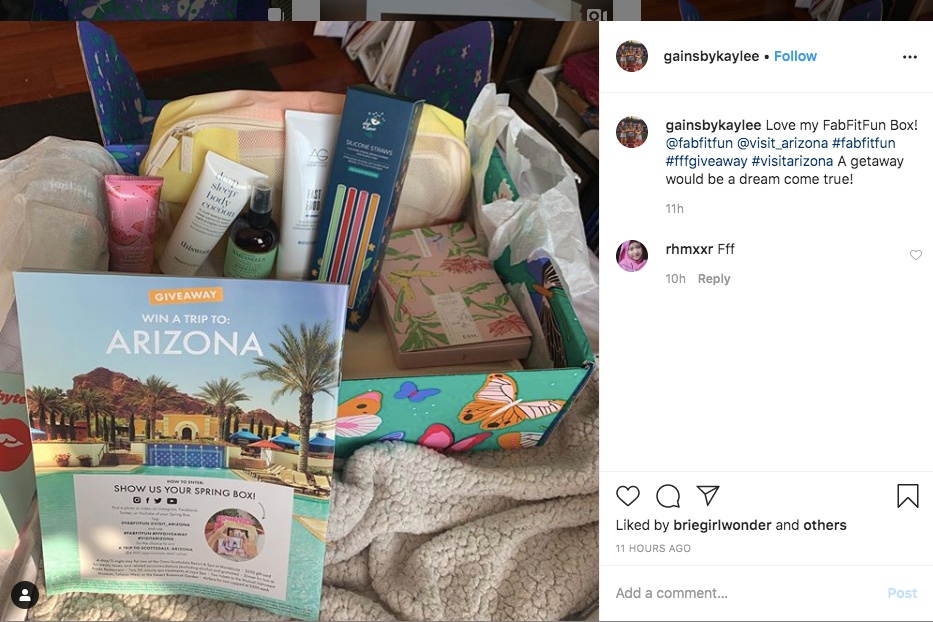
Continue the Conversation
A robust marketing strategy doesn’t leave it all to social media posts. It should interconnect with your other marketing efforts. For example, if someone asks a question in the comments, that’s a chance for you to encourage them to visit your website for more info or direct them to your email opt-in for consistent updates. Email marketing is a great place to continue a conversation started on social media.
For example, Kettlebell Kings grew its Instagram following to more than 171,000 and generated hundreds of thousands in revenue thanks to its genius strategy that focuses on providing education to its community. One tactic they used was to leverage Instagram Stories as a way to drive traffic to a landing page, encouraging viewers to sign up for their email list. From there, they were able to provide free workout content, warming up those leads until they were ready to buy a kettlebell.
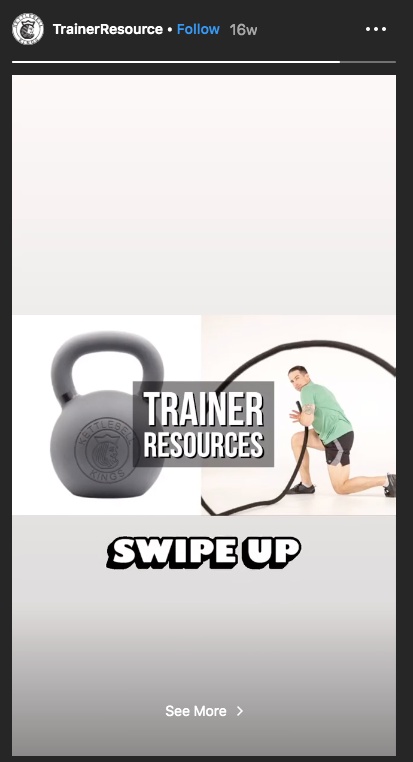
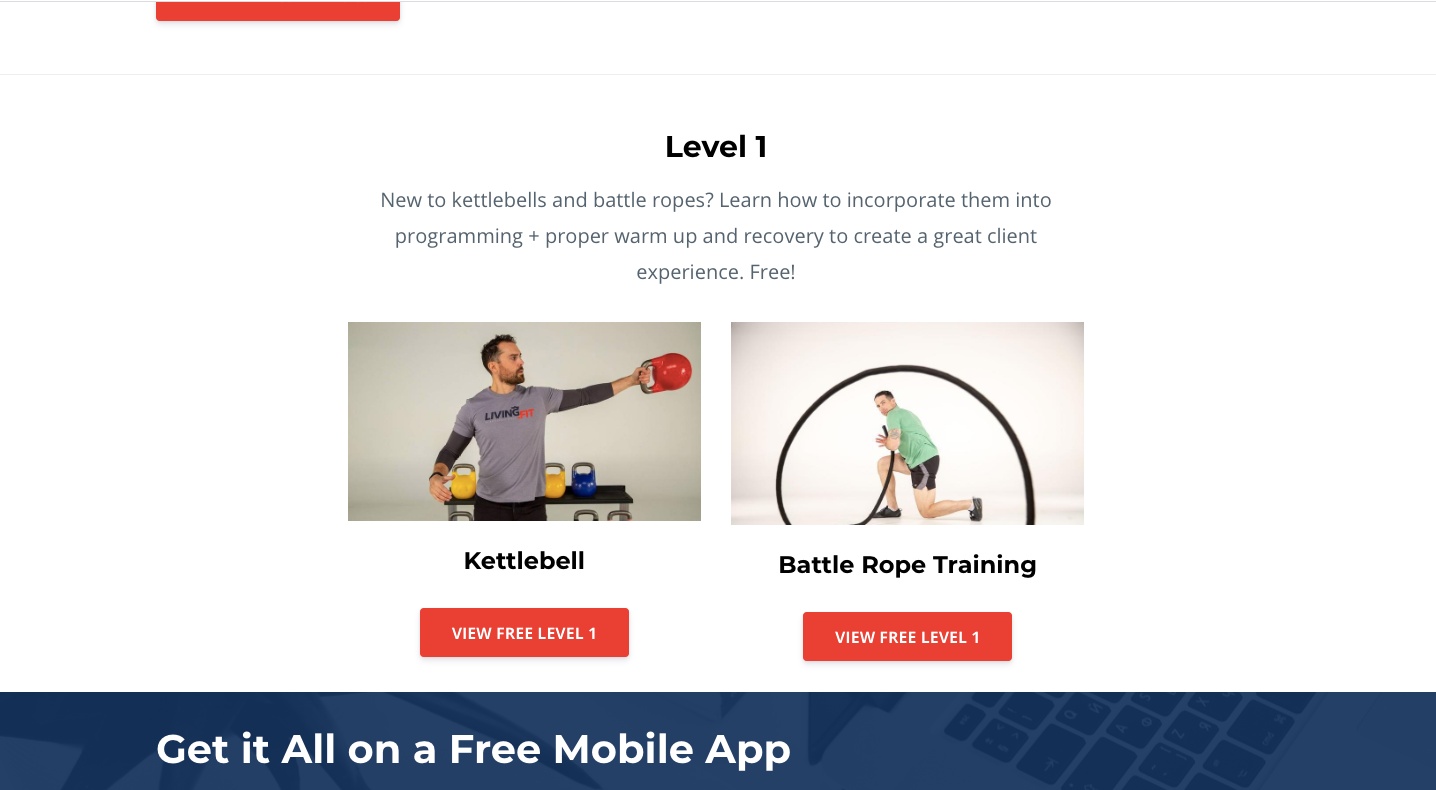
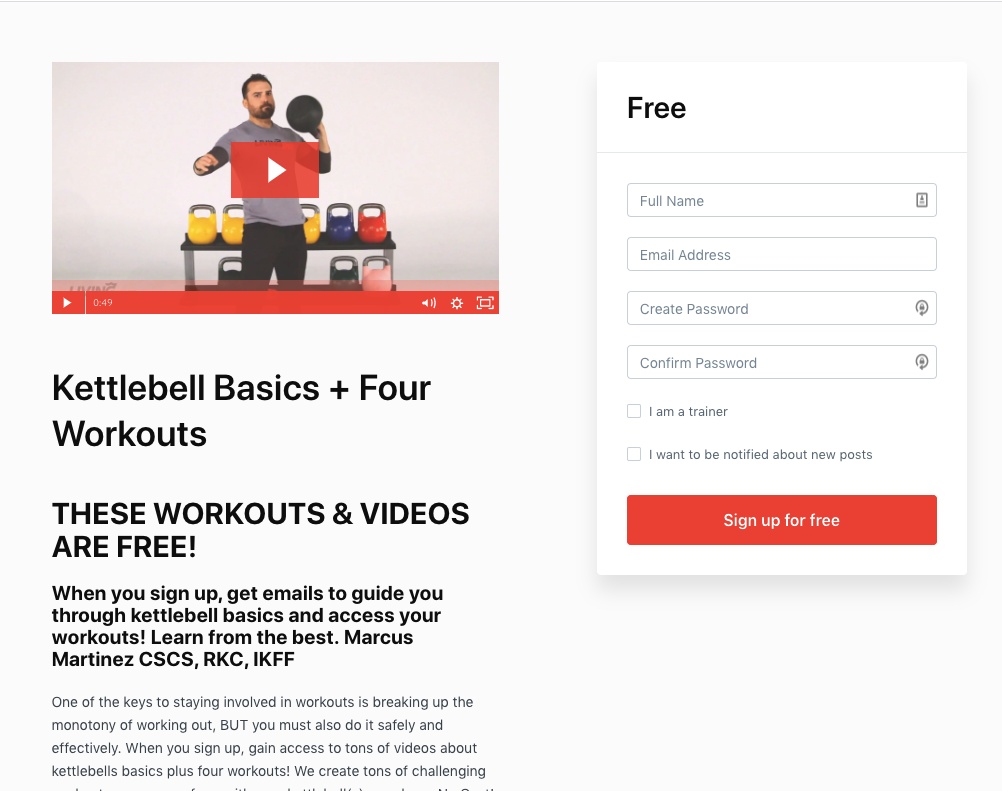
Don’t think of social media strategy as “I post something, and then someone buys.” That’s not how it works. Look for opportunities to take the conversation a step beyond social media. For example, paid media expert Nick Shackelford recommends engaging with people in the comments section of your Facebook ads to close a sale.
Take a look at how Sh*t That I Knit answers questions in the comments, making it more likely that the commenter will follow through on a purchase:
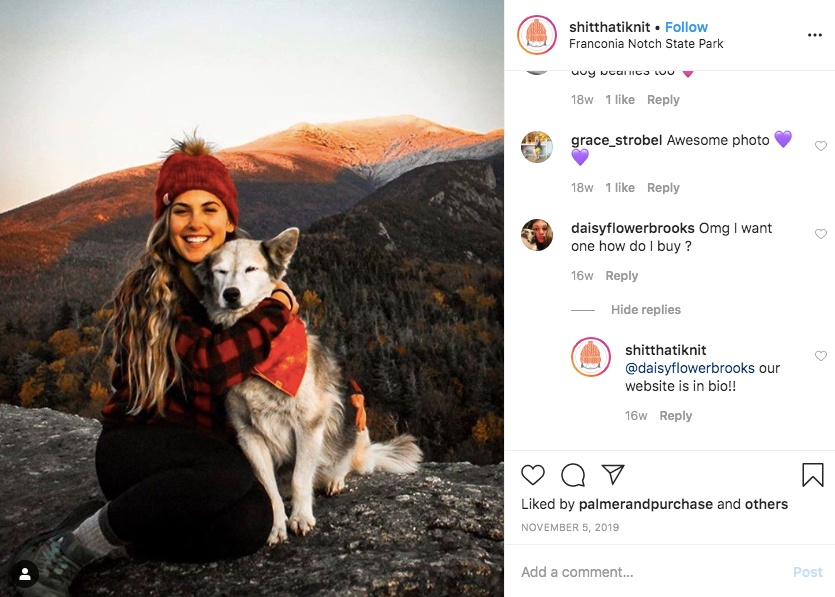
Australian ecommerce brand GlowDry also does a fantastic job responding to comments, even connecting this customer with places to buy their product in Ireland!
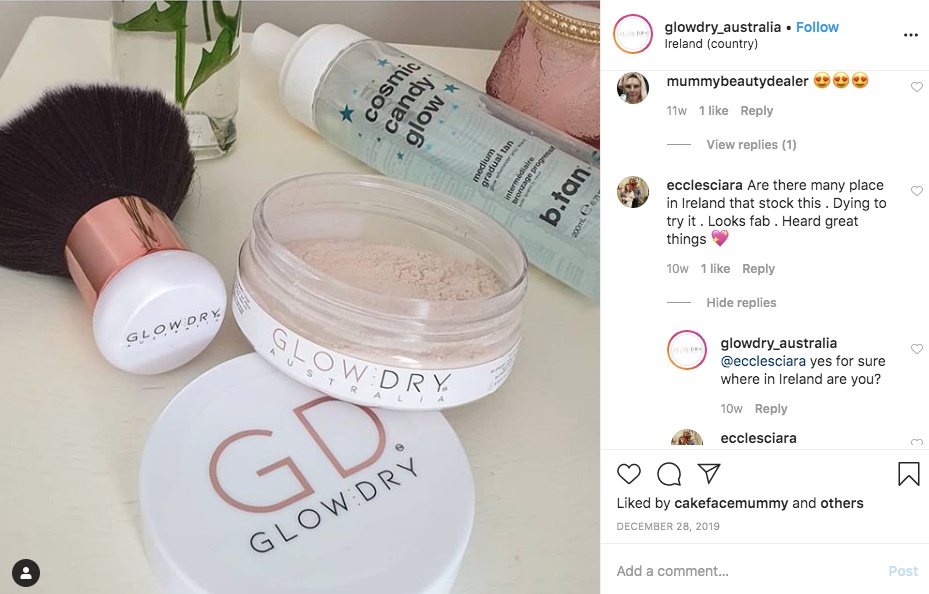
A strategy we use at Foundr is to use the Instagram polling feature to turn it into a one-to-one conversation. For example, we posted to our stories asking if people would like a free copy of our Richard Branson edition. With Instagram Stories’ polling feature, you can see who answered your poll. For those who answered “yes,” we sent a direct message to them one by one. While this may not seem scalable, it’s okay to do things that don’t scale, especially when you’re just starting out.
And don’t forget the power of your Instagram bio. Unless you have the “swipe up” feature, you only get one link on Instagram, and it’s in your bio. Use it wisely. Notice how Andi Smiles, who teaches business owners how to tame their finances, has a powerful call to action. She doesn’t just say, “Check out my website!” She gives a value proposition by saying, “FREE Biz Finance Survival Kit.” And who doesn’t love a freebie?
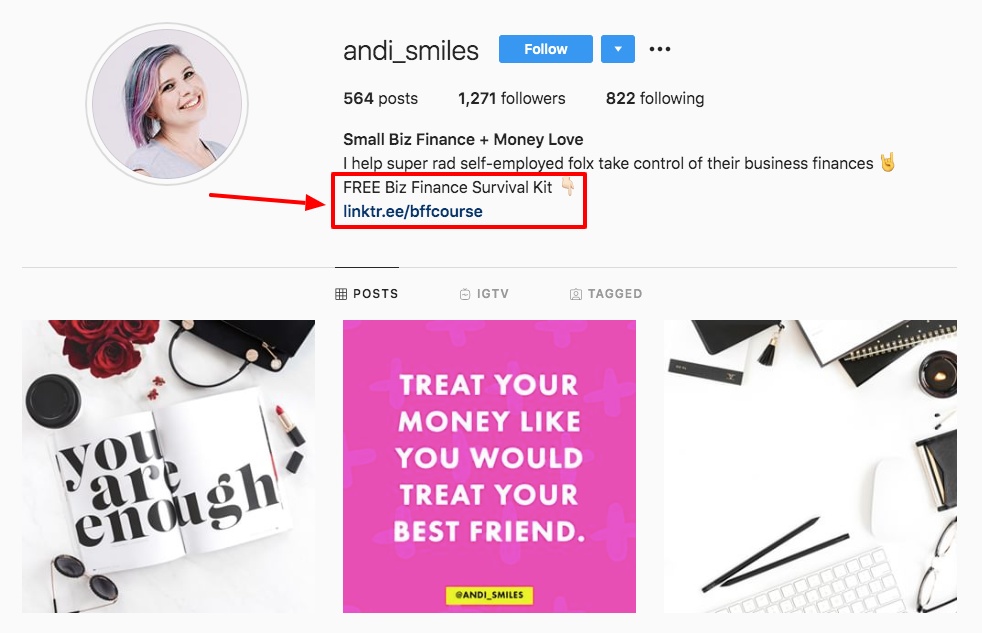
Once someone clicks that, they can enter their email address to get the survival kit. And of course, they’re added to her email list and can continue getting finance tips from her. While an Instagram follower may not be ready to hire her or purchase one of her courses just yet, by becoming a subscriber, they can move through her email sales funnel. Genius!
Don’t think of social media as the be-all and end-all. Use it as a springboard for a deeper conversation, and eventually, you’ll make a sale.
Invest in Live Video
With the introduction of IGTV and Pinterest video features, it’s clear that social media platforms and their users are focusing on video content. So give them what they want! The great thing about live videos, whether they’re on Instagram or Facebook, is they don’t need to have high production value. Just you, sitting in front of a computer camera with good lighting and a clean background, talking directly to your audience can work wonders.
Emily Ley, who runs Simplified planners, used Facebook live streaming as a part of her overall launch strategy for her 2018 line. Leading up to her May 2nd launch, she announced she would be doing seven days of consecutive Facebook live events on planning-related topics. After posting her Facebook live videos, she reused them in Facebook ads.
Her 2018 Facebook launch strategy resulted in triple the revenue compared to the previous year.
Keep It Consistent
This means you should post the same kind of content at the same frequency. Don’t throw a curveball content piece at your audience; this will confuse them and will undermine your attempts at creating a community.
Automation is key to scaling your social media marketing efforts. Beck Beach of MomBeach.com was able to reach$6.4K in sales in one month partially due to using Tailwind to schedule and post during her followers’ peak hours.
Here are some tools you can use to automate your social posting:
- Buffer – Instagram, Facebook, Twitter, Pinterest, and LinkedIn
- Tailwind – Pinterest and Instagram
- Hootsuite – Over 35 social networks, including Facebook, Instagram, and Pinterest
Consult Your Analytics. Tweak. Repeat.
At the end of the day, the best social media marketing strategy for your ecommerce business will depend on the results. That’s why it’s essential you create a business account for your social accounts. Having a business account for Pinterest and Instagram or a Facebook business page will give you access to data so you can know which posts are getting the most views and engagements. Yes, business accounts have access to analytics that regular accounts don’t.
It’s also important to connect Google Analytics to your ecommerce site to get an overview of which channels are contributing to traffic and sales.
Gina Lucia, founder of Limit Breaker, quit her business Instagram account in favor of Pinterest. Why? After more than a year on Instagram, she amassed fewer than 500 followers and was only getting five to 10 visitors a week from it, even though she was spending 10 hours a week on the platform.
By contrast, she was spending one to two hours a week on Pinterest, and that platform was driving 20 to 30 times as much traffic as Instagram. By looking at the analytics, it was clear she needed to make the change.
The Secret to Finding the Best Social Media Marketing Strategy for Your Ecommerce Brand? Getting Started
These social media marketing strategies are tested and proven by successful ecommerce brands. But the only way to find the best strategy for your brand is to get started! As you create content, you’ll see how it resonates with your audience, and you can tweak it from there to reach your marketing goals.
The post Best Social Media Marketing Strategy for Ecommerce Businesses (Strategies + Examples) appeared first on Foundr.
